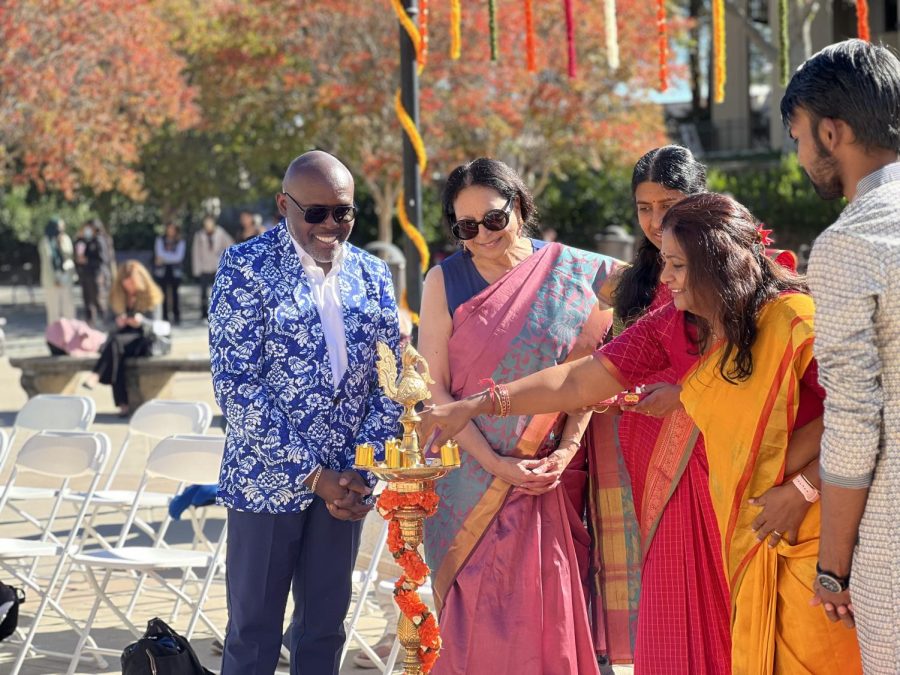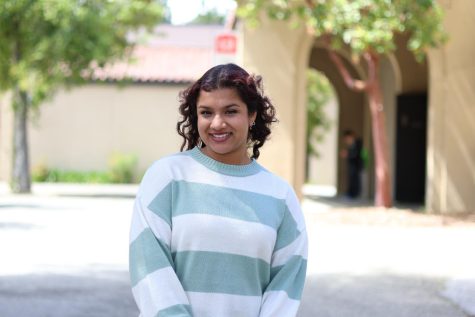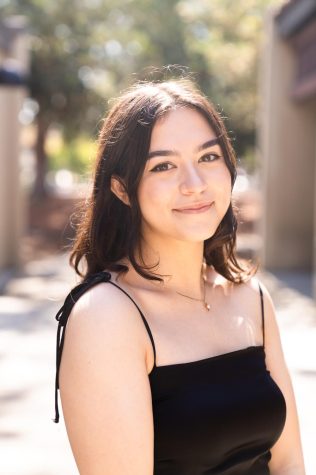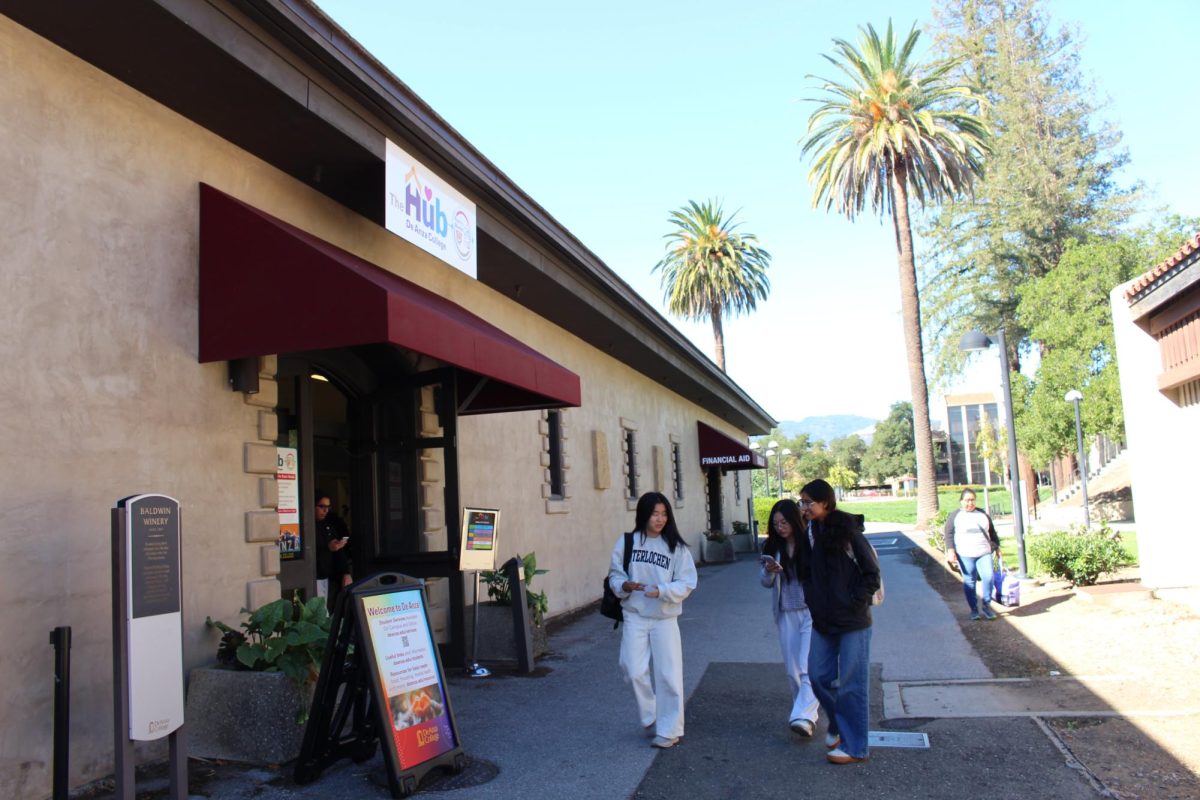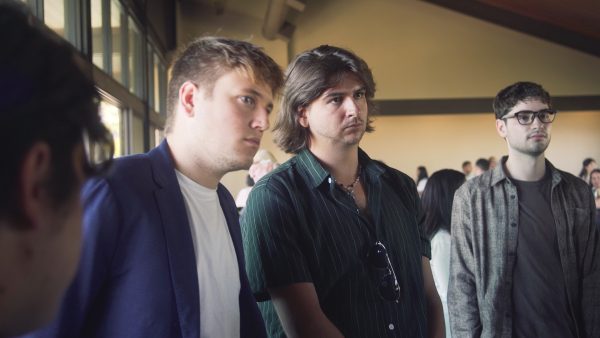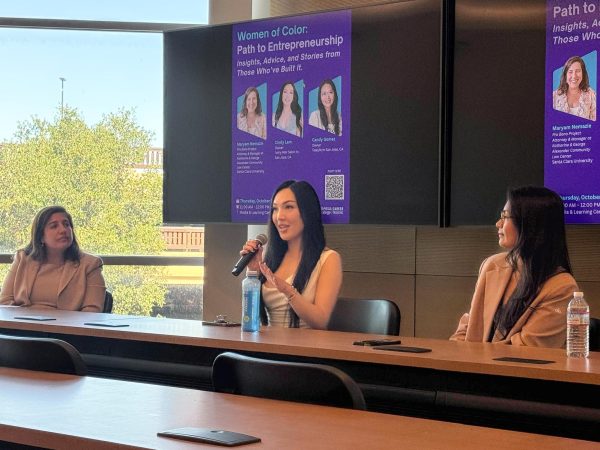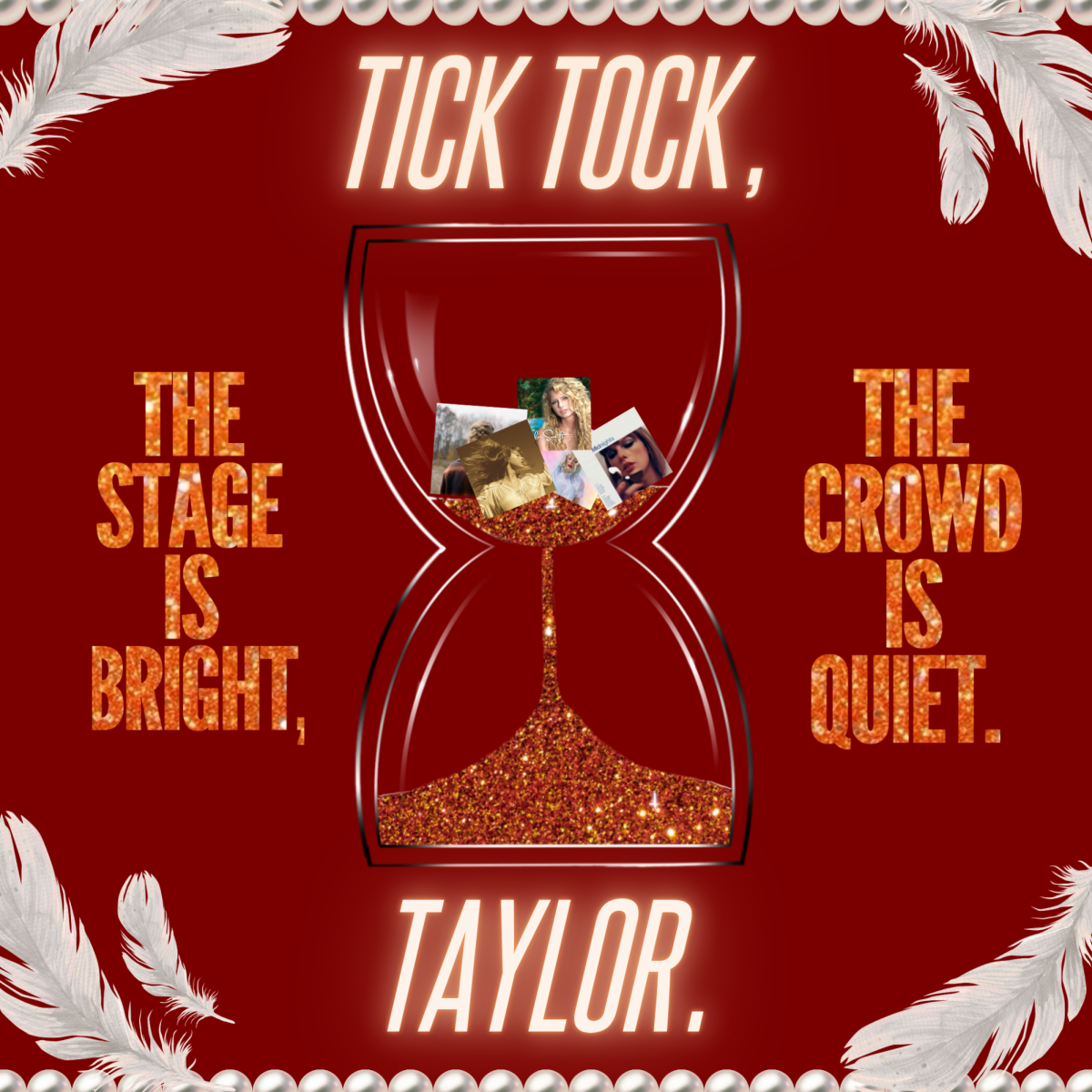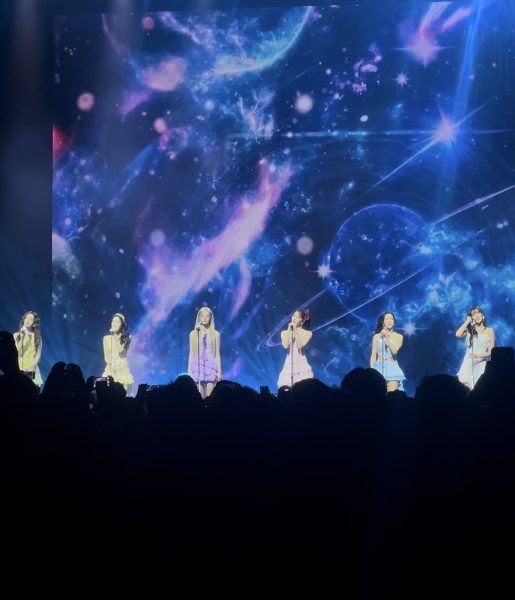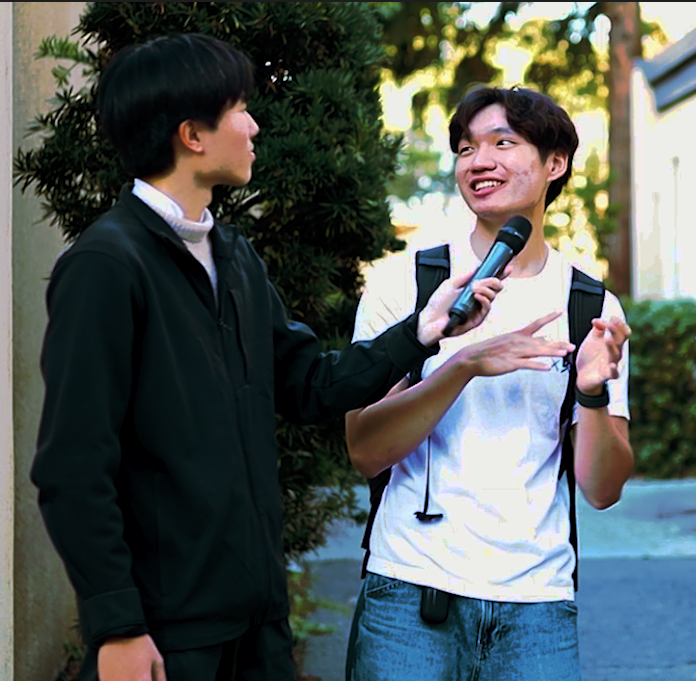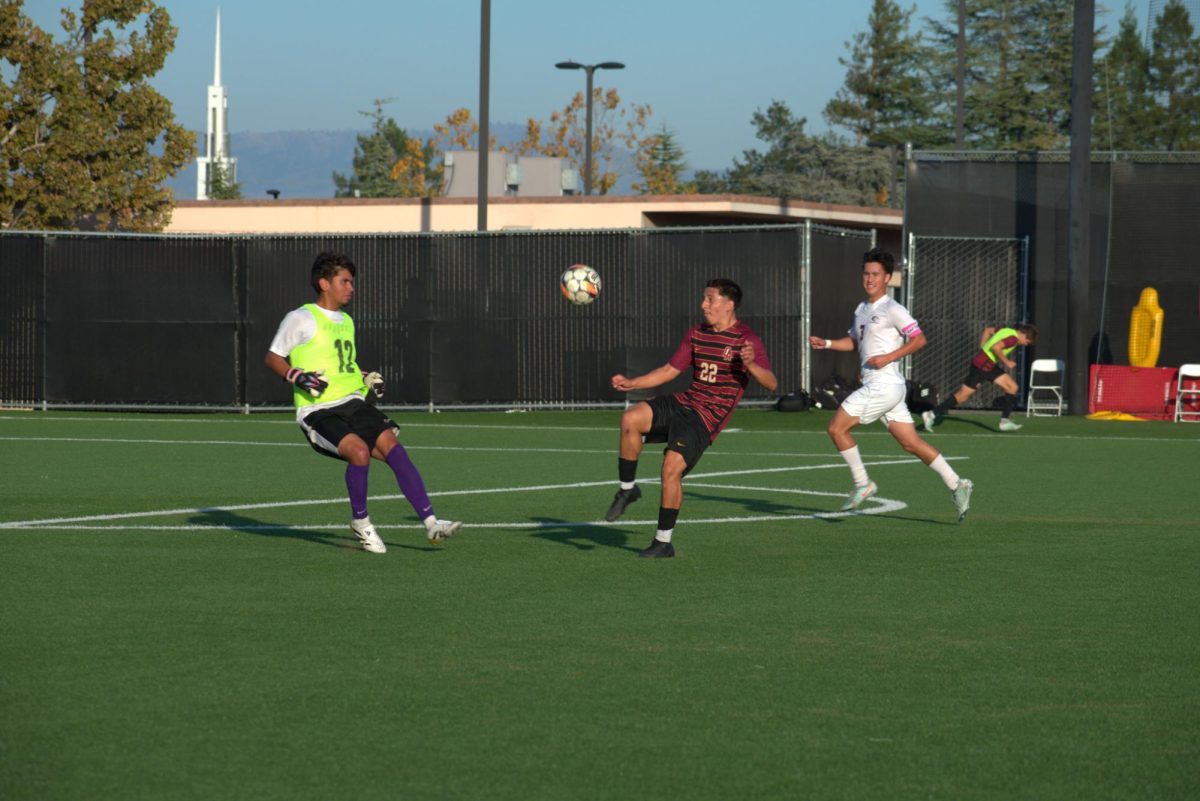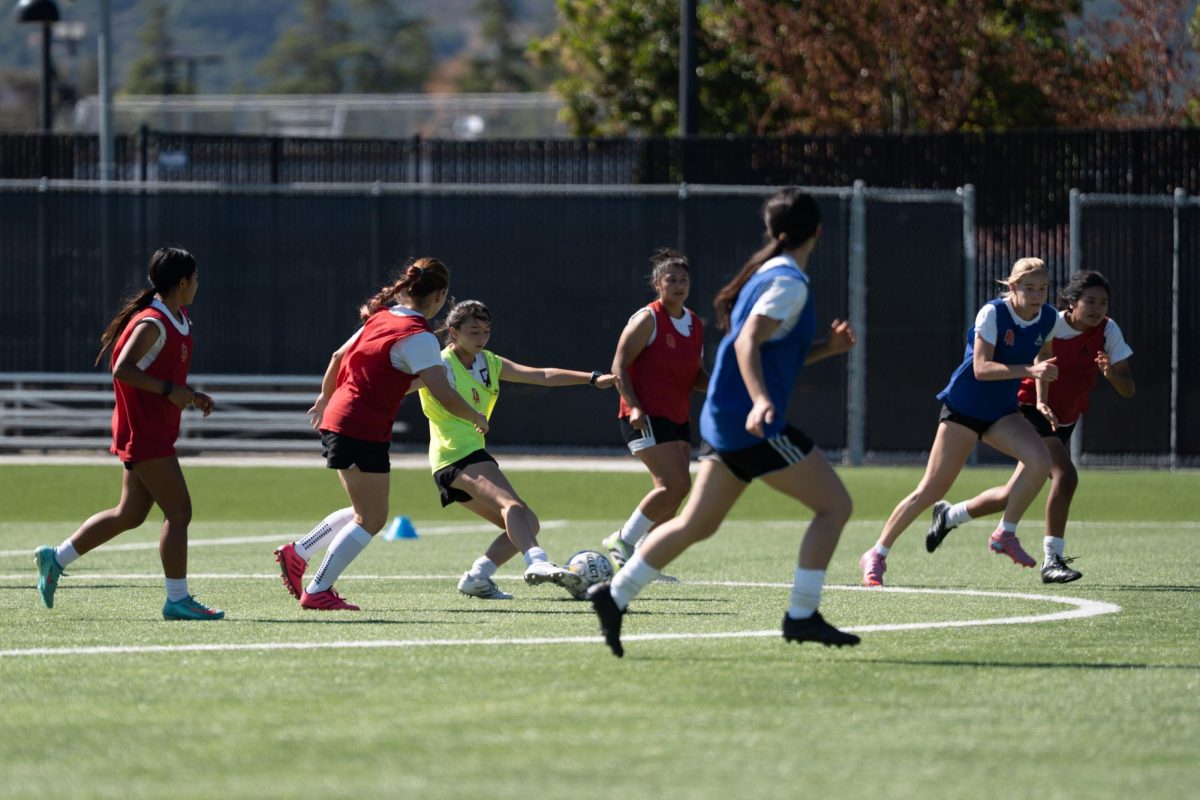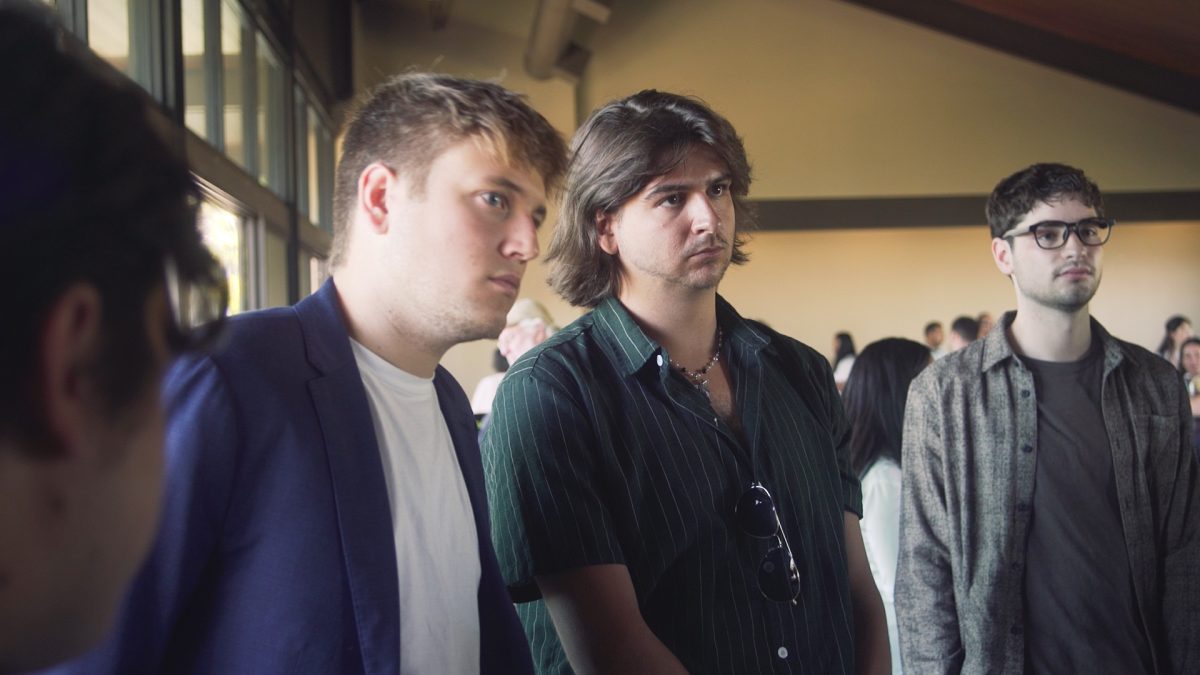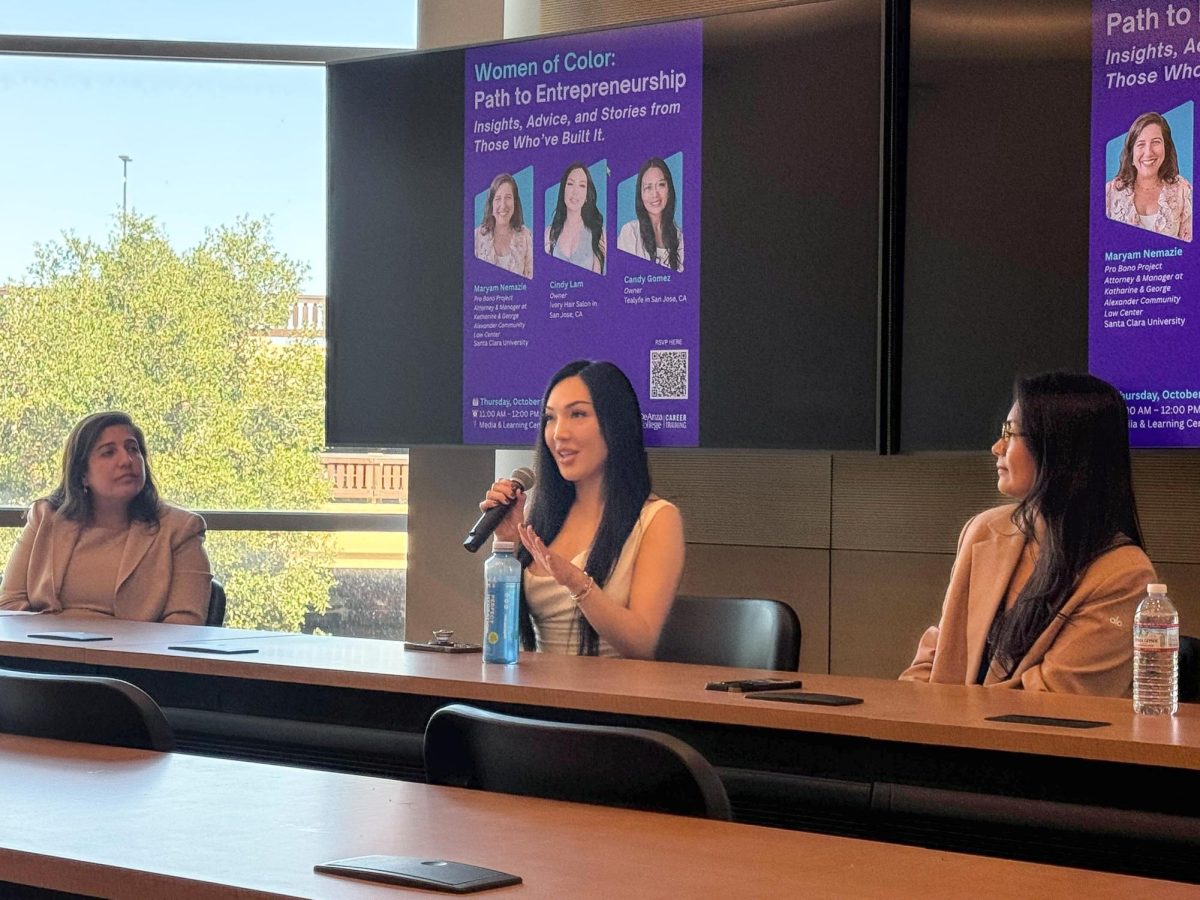How De Anza’s community celebrates Diwali
District Chancellor Judy Miner and De Anza President Lloyd Holmes took part in a traditional lighting of lamps ceremony alongside members of the community during the Asian Pacific American Staff Association Diwali celebration in the Sunken Garden, Oct. 27.
November 5, 2022
Oct. 24 marks the first day of the five-day long holiday Diwali, also known as the Festival of Lights, beginning an assortment of festivities throughout the week for those of South Asian cultures and some religions, such as Hindus, Jains and Sikhs.
Diwali is celebrated with traditional ceremonies such as lighting lamps and other decorations, payer and eating special sweets.
Lakshmi Kandala, 18, computer science major, finds value in Diwali by sharing the time with her family and doing activities together. For Kandala, one part of such a special tradition includes the preparation of food.
“Being South Indian, lemon rice always had to be there at almost every festival,” Kandala said. “My mom used to add a slight amount of grated ripe mangoes, as this was passed down from generations in our family.”
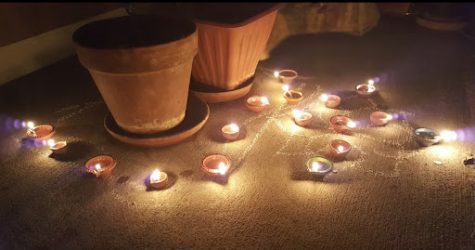
(Photo courtesy of Lakshmi Kandala)
Deepa Yuvaraj was one of the organizers for De Anza’s Asian Pacific American Staff Association Diwali celebration that happened in the Sunken Garden on Oct. 27. She said she was excited to be a part of the planning committee because of the various traditional activities that took place at the event, such as Henna and Diyas decorations.
“At the event, we plan to bring a slice of how Diwali is celebrated by Indian diaspora across the world, which includes dance, music performances, lighting of the lamp, traditional decorations and Indian refreshments,” Yuvaraj said.
Yuvaraj also explained her excitement for setting up the APASA event as it helps her reflect on the ways her family celebrates. For Yuvaraj’s family, they hold traditional Hindu prayers as part of their Diwali celebration. Additionally, they hold a puja, or ritual, at home on the second day of Diwali known as Naraka Chaturdashi, which includes a holy bath, new clothes and sweets.
“In our home temple, (we light) lamps around the house and burst fire crackers together with family and friends,” Yuvaraj said. “We decorate using lamps, rangoli, lots of special sweets and savories —murukku, thattai, mysore pak, kaju katli and adhirasam, which is rice and brown sugar sweet made during Diwali mainly.”
Another part of celebrating Diwali with Kandala’s family includes decorations. For her family, decorations are made together and hung up to chase away potential evil, to cleanse the house and to pay respects to certain gods.

(Photo courtesy of Lakshmi Kandala)
Kandala said that during this time, her dad usually hangs up huge flower garlands around the front of the house and her mom adds mango leaves. The threshold of her house’s main entrance gets slightly smeared with liquid turmeric and decorated with saffron powder to welcome the Goddess Lakshmi.
“Growing up, Diwali was always that special day where we had lots of treats, and met our families,” Kandala said. “Diwali mostly represents family and friends, and that content feeling you get with spending the entire day with them.”



